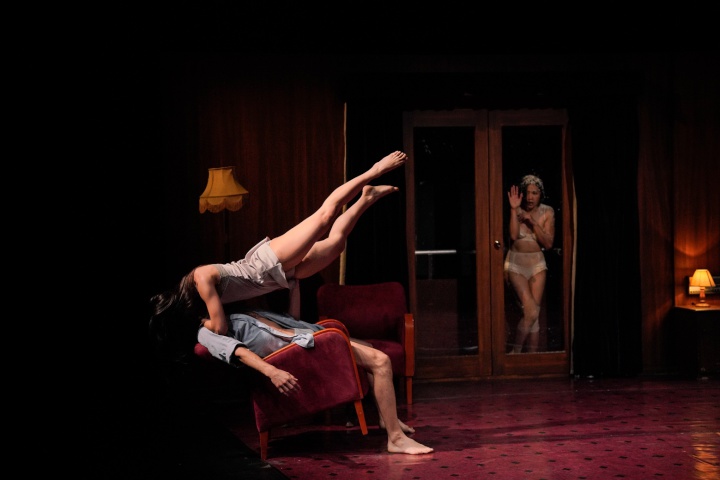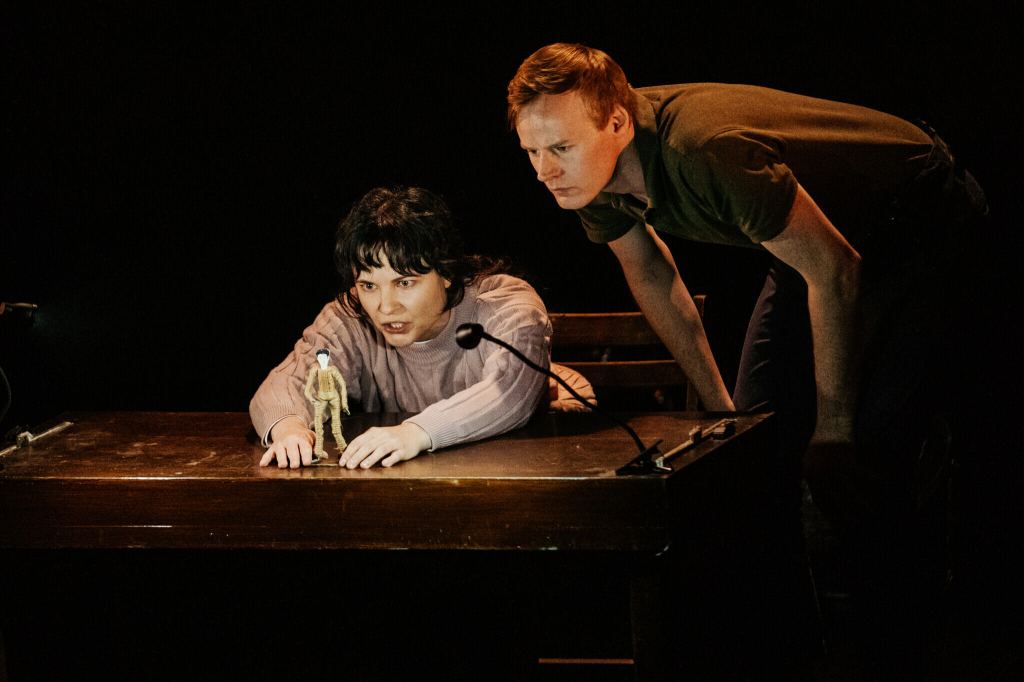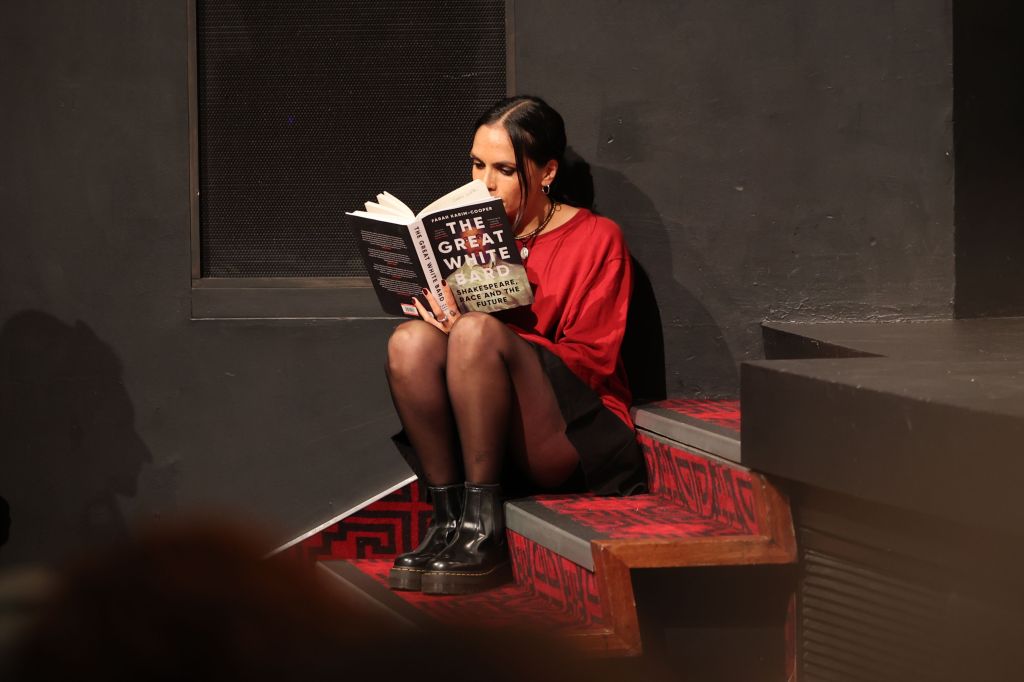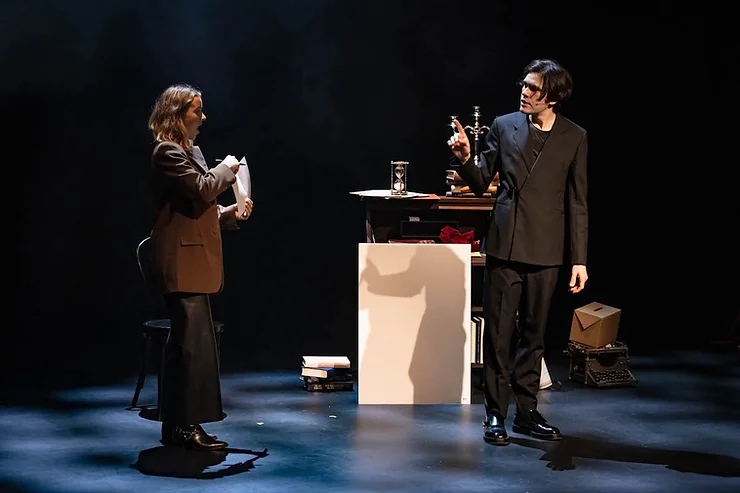
The Best Exotic Marigold Hotel
By Deborah Moggach
Director, Lucy Waterhouse
Producers, Stewart and Tricia Macpherson, Ben MacDonald
With
Rula Lenska, Harmage Singh Kalirai, Shaan Kesha, Sudeepta Vyas, Dhiya Redding, Georgina Monro,
Helen Moulder, Edward Newborn, Cathy Downes, Annie Ruth, Paul Barrett, Ravi Gurunathan, Alvin Maharaj, Tiahli Martyn, Kate Jasonsmith
Civic Theatre, Auckland until 5 May
then St James, Wellington and James Hay, Christchurch
Review by Malcolm Calder
I simply cannot remember when I last saw a large-scale commercial theatre production in this country. Music theatre and countless concerts yes, but not a straight play. In fact hardly ever!
Marigold Hotel is a huge commercial undertaking fraught with risk and a mammoth achievement.
So, first off, congratulations to the Macphersons and to Ben McDonald.
There’s always something about entering a big theatre that takes me back. Viscerally. Especially for something like this. Maybe it’s the deliciously faux theatrical decor, perhaps that unique smell or even just the sense of occasion that can never be replicated in smaller, newer venues. As such, I cannot even suggest a more apt stage for this production than Auckland’s Civic and its Wellington counterpart – I can only presume Christchurch’s Royal is unavailable.
Although she did not write the screenplay for the movie, Marigold Hotel is Deborah Moggach’s stage adaptation and is largely based on her original novel These Foolish Things. It was first produced in the UK a couple of years back and toured extensively before a run on the West End.
This New Zealand production brings in only the revered Harmage Singh Kalirai and the popular Rula Lenska from London to reprise the roles they created in the UK, and surrounds with a local cast overseen by Lucy Waterhouse to ensure consistency.
Put briefly, Marigold Hotel is hardly a serious drama. Rather it is a comedy that is endearing and loveable tale about a group of English retirees who, for diverse reasons, find themselves in a rundown
hotel in India. While not just a retread of the film, it presumes some familiarity with that source.
Miss Lenska’s Madge is a central role, and she is rightly billed as the star, Marigold Hotel is essentially an ensemble piece (supported with some backup) and provides ample opportunity for
each of the key characters to deliver from their immense experience. Many are recognisable, even for non-theatre afficionados, and it is a joy to see such on-point timing, situational awareness and
even improvisation around a couple of minor technical hitches with nary a blink.
There is not a weak link amongst them and some will remain memorable – Cathy Downes’ Dorothy being but one example.
Conversely, Moggach’s script provides only two-dimensional roles for most of the Indian characters. Harmage Singh Kalirai is a standout as the omnipresent Jimmy, but it was the near line-less Tikal
(Ravi Gurunathan) who captures with a rivetting on-stage presence, along with Sudeepta Vyas who wheedles and manipulates her Mrs Kapoor as only some mothers can.
However, it is also true to concede that Moggach’s first act might have benefitted more from tighter editing and the opposite in the second where the final denouement is a bit brisk.
On balance though, The Best Exotic Marigold Hotel is a warm and heartfelt story with a joyous finale that assures audiences of a good night out. It is an undertaking that is far from small for its
producers, and a welcome opportunity for some of our finest character actors. All are to be congratulated.
I wallowed.








